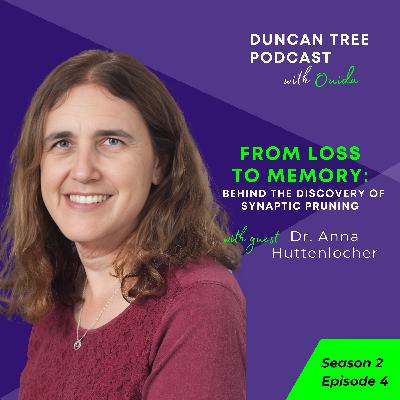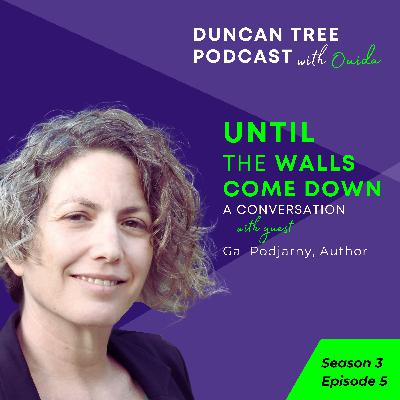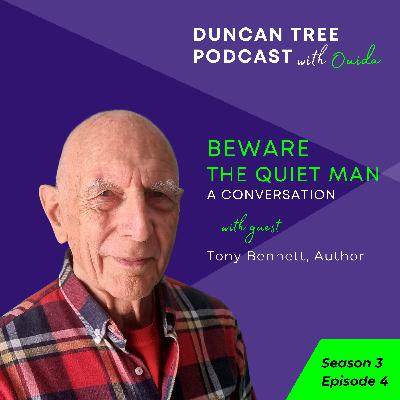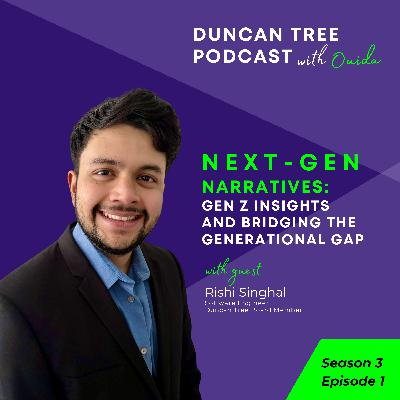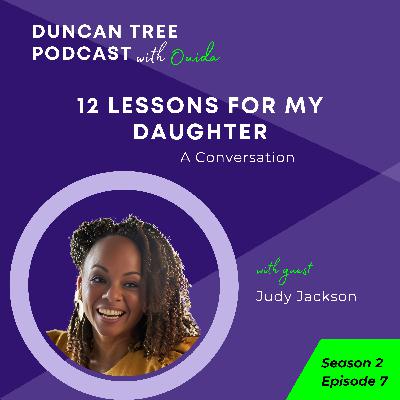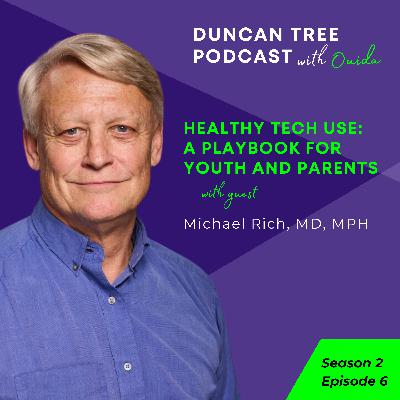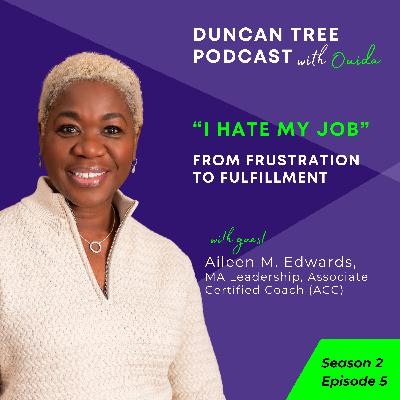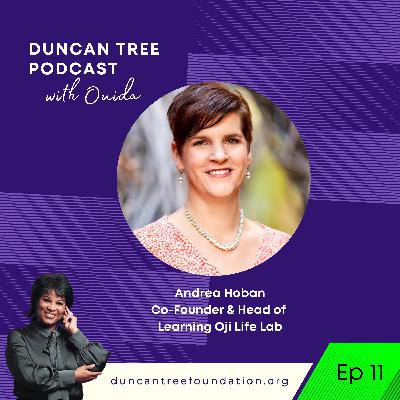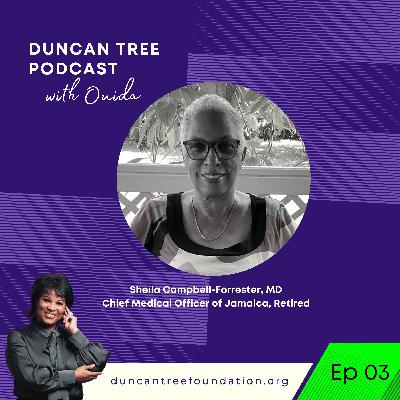From Loss to Memory: Behind the Discovery of Synaptic Pruning
Description
My cohosts Dr. Sheila Campbell-Forrester, Tony Bennett, and I had a lovely conversation with Dr. Anna Huttenlocher about her father Peter Huttenlocher's research on synaptic pruning. Wow! What an eye-opener.
In plain English, understanding brain development and synaptic pruning in children, teens, and young adults is crucial because it shapes their cognitive and emotional abilities. Synaptic pruning can be likened to spring cleaning for the brain: the brain removes weak or unused connections between brain cells to make it more efficient. This process occurs frequently during childhood and adolescence.
This understanding is important for society as it can help create better educational strategies, mental health support, and social policies. By supporting optimal brain development, we can foster healthier, more capable individuals. This can lead to a society with fewer mental health issues, better academic performance, and improved social interactions, ultimately contributing to overall societal well-being and productivity.
This is what the Kids in the Middle Coaching and Mentoring Scholarship Program is looking to address. https://lnkd.in/gt-hbSKiWhy is this important? One reason is the pandemic wreaked havoc on our children's mental health. Schools in the U.S. are experiencing a massive attendance problem. Upon further research, we realize this is a global problem, e.g., Australian parents and teachers are struggling with the issue of school refusal. Read The Kids Who Fear School article and the growing crisis of school refusal is gripping Australia, leaving families in a hidden struggle.
Anna Huttenlocher is the Anna Ruth Brummett Professor of Pediatrics and Medical Microbiology and Immunology at the University of Wisconsin-Madison. She is a physician-scientist who seeks to understand how cell migration is regulated and how defects in cell migration contribute to human disease. Her research is at the interface of cell biology and immunology and is centered on understanding inflammation and its resolution. She seeks to dissect how external cues and cell signaling networks are integrated to regulate cell migration during tissue damage and repair and how this is altered in human disease. Her laboratory has pioneered approaches to visualize and manipulate leukocyte motility in zebrafish and human stem cells, and using these tools has uncovered new mechanisms that regulate the resolution of innate immune inflammation. She is a member of the National Academy of Medicine, was chair of the Gordon conference on Directed cell migration, Co-chaired a Banbury conference, and served on ASCI council. She also served on the council for the American Society of Cell Biology and the American Physician Scientists Association.
Audio engineer: Dr. Lemuel "Lefty" Hernandez

